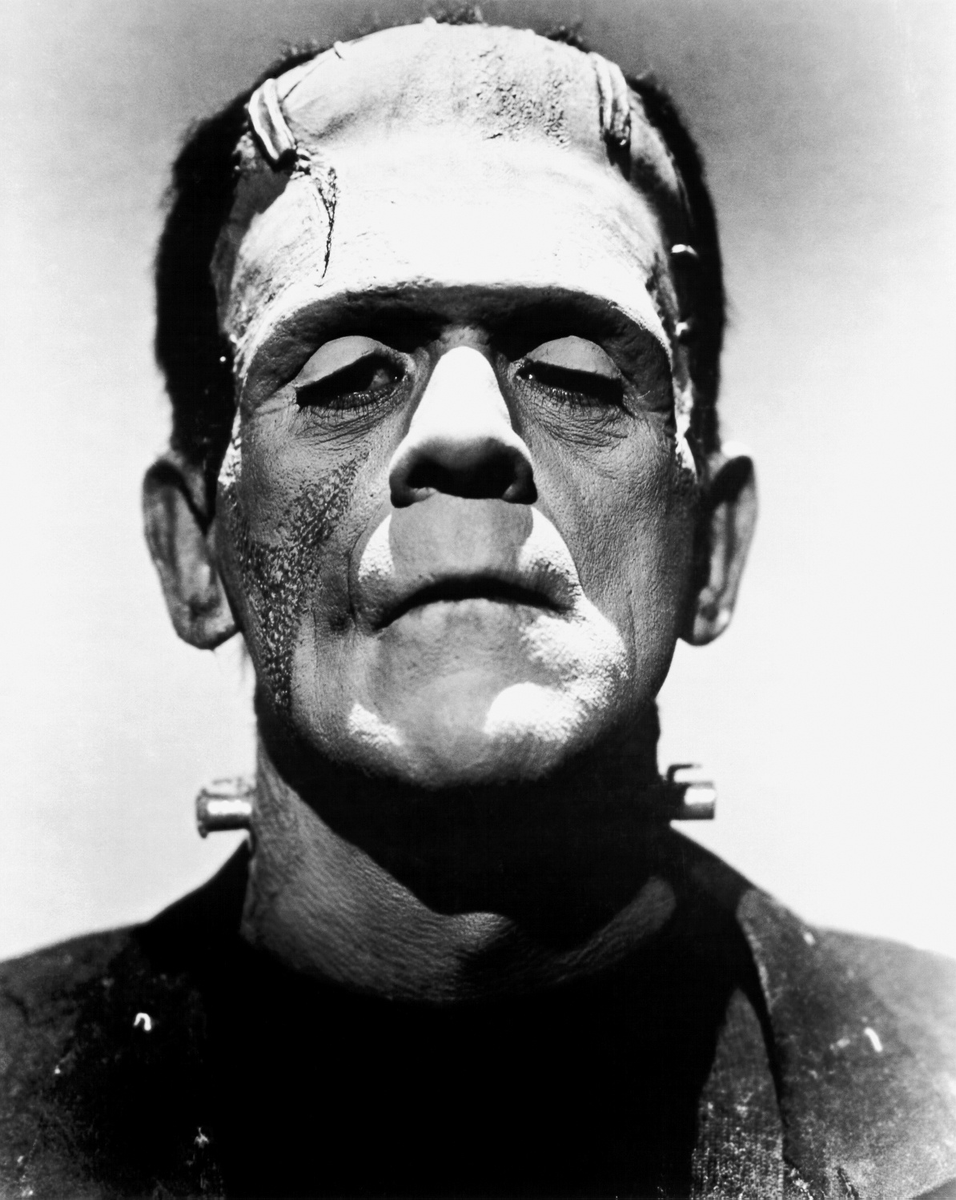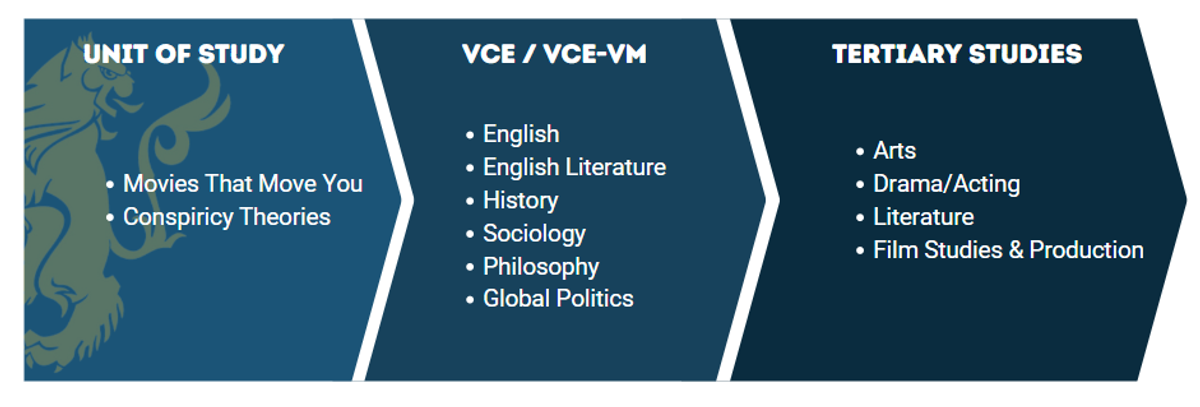English - Conspiracy Theories

Unit of Study: Conspiracy Theories
Brief Description: Conspiracy theories have been with us for hundreds of years: from the Freemasons, to the JFK assassination, to the moon landing and the September 11 attack. People have wondered if they are getting the real story, and whether there are shadowy forces behind the scenes controlling what happens in the world. In this unit students will examine the context and history of some of the most well-known conspiracy theories. They will be presented with critical thinking skills and logical tools to investigate and interrogate those theories. In addition, our current concerns focussed on digital media and social networking technologies will be examined to analyse how mass media influences our understanding of the world around us, and how conspiracy theories are spread throughout society.
In Term 2, students will analyse the compelling language, ideas and figures behind some famous conspiracy theories. These will be studied through a ‘persuasive devices’ lens as we delve into the world of conspiracy and espionage.
Scaffolding Learning
At the conclusion of this unit of study students will have:
An understanding of key knowledge
- Students will gain developed skills in analysis and understanding of key film techniques.
- Students will learn how to apply film metalanguage to explore their own interpretation of a film and its hidden meanings.
- Students will be able to describe, explore and analyse the mes-en-scene of film stills and scenes.
- Students will gain the language to challenge preconceived ideas and attitudes towards different patterns of thinking.
- Students will understand the spread of conspiracy theories and how they can influence different groups of people.
- Students will be able to critically analyse the logic behind various conspiracy theories.
Attained these key skills
- Students will have a developed understanding of how to closely analyse symbols, motifs and ideas in visual texts.
- Students will have a greater ability to analyse features of film texts, and make relevant comparisons with other texts.
- Students will learn the metalanguage needed to explore and analyse film.
- Students will be able to interpret various opinions.
- Students explore various moral and ethical positions behind different ways of thinking.
- Students will have the language to be able to investigate and interrogate various theories and opinions
Demonstrated the Victorian curriculum standards and capabilities
- Reading & Viewing
- Language for interaction: (VCELA457)
- Text structure and organisation: (VCELA458)
- Expressing and developing ideas: (VCELA459)
- Literature and context: (VCELT460)
- Responding to literature: (VCELT461), (VCELT461), (VCELT462)
- Examining literature: (VCELT463), (VCELT464), (VCELT465)
- Texts in context: (VCELY466)
- Interpreting, analysing, evaluating: (VCELY467), (VCELY469)
- Writing
- Text structure and organisation: (VCELA470), (VCELA471)
- Expressing and Developing Ideas: (VCELA473), (VCELA474)
- Phonics and word knowledge: (VCELA475)
- Speaking & Listening
- Language variation and change: (VCELA482)
- Language for interaction: (VCELA483)
- Interacting with others: (VCELY485), (VCELY486)
Assessment Tasks
Students will be required to complete the following assessment tasks:
- Written analysis of a film chosen by the English team
- An annotated folio
- An oral presentation
Additional learning opportunities
- Potential visit to ACMI
Resources
- Workbook, pens and highlighters
- Exercise book and small exercise book for research and annotations
- No text is required to be purchased by families.
Pathways
This unit of study could provide students with the following pathway.

